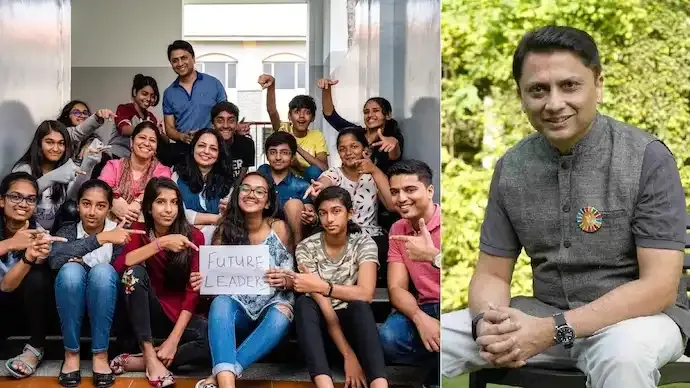Shopping cart
Your cart empty!
Terms of use dolor sit amet consectetur, adipisicing elit. Recusandae provident ullam aperiam quo ad non corrupti sit vel quam repellat ipsa quod sed, repellendus adipisci, ducimus ea modi odio assumenda.
Lorem ipsum dolor sit amet consectetur adipisicing elit. Sequi, cum esse possimus officiis amet ea voluptatibus libero! Dolorum assumenda esse, deserunt ipsum ad iusto! Praesentium error nobis tenetur at, quis nostrum facere excepturi architecto totam.
Lorem ipsum dolor sit amet consectetur adipisicing elit. Inventore, soluta alias eaque modi ipsum sint iusto fugiat vero velit rerum.
Sequi, cum esse possimus officiis amet ea voluptatibus libero! Dolorum assumenda esse, deserunt ipsum ad iusto! Praesentium error nobis tenetur at, quis nostrum facere excepturi architecto totam.
Lorem ipsum dolor sit amet consectetur adipisicing elit. Inventore, soluta alias eaque modi ipsum sint iusto fugiat vero velit rerum.
Dolor sit amet consectetur adipisicing elit. Sequi, cum esse possimus officiis amet ea voluptatibus libero! Dolorum assumenda esse, deserunt ipsum ad iusto! Praesentium error nobis tenetur at, quis nostrum facere excepturi architecto totam.
Lorem ipsum dolor sit amet consectetur adipisicing elit. Inventore, soluta alias eaque modi ipsum sint iusto fugiat vero velit rerum.
Sit amet consectetur adipisicing elit. Sequi, cum esse possimus officiis amet ea voluptatibus libero! Dolorum assumenda esse, deserunt ipsum ad iusto! Praesentium error nobis tenetur at, quis nostrum facere excepturi architecto totam.
Lorem ipsum dolor sit amet consectetur adipisicing elit. Inventore, soluta alias eaque modi ipsum sint iusto fugiat vero velit rerum.
Do you agree to our terms? Sign up

From a small mountain village in Uttarakhand to the halls of the United Nations, Manav Subodh’s 1M1B (1 Million for 1 Billion) has evolved from a grassroots dream into a global movement empowering young Indians to lead the fight against climate change. Through innovative green skills training, AI integration, and community entrepreneurship, Subodh is proving that India’s youth dividend can become its climate dividend.
Manav Subodh’s journey began with a single haunting image — a remote Uttarakhand village with no road, no electricity, and little hope. Years later, after a corporate career with Intel, that memory became the foundation for 1M1B — an initiative to create one million entrepreneurs who can uplift one billion people from poverty.
“Small is the new big,” Subodh often says, emphasizing that real change starts with local problems and practical skills. The 1M1B training model, spanning around 45 hours, focuses on hands-on learning rooted in community needs. Early sponsorships were uncertain, but Subodh persisted, turning partnerships and consulting projects into lifelines for the growing mission.
The program’s early pilots in Andhra Pradesh and Bhimavaram saw remarkable outcomes — micro-enterprises, dairy cooperatives, and tourism ventures led by rural youth, especially young women. Confidence rose alongside incomes, drawing international attention.
Soon, 1M1B’s work reached the global stage. At the United Nations, Subodh began showcasing India’s local success stories. What began as village-level training quickly became a model for grassroots climate diplomacy. “When the UN saw what we were doing, the narrative changed,” he recalls.
At the heart of 1M1B’s new chapter lies its Green Skills Academy — a bold initiative connecting climate action with employment. Under the banner of “1.5 Matters”, aligned with the Paris Agreement goal of limiting global warming to 1.5°C, the campaign trains youth for jobs in renewable energy, EVs, biomass, and ecological restoration.
“These are the people closest to forests and rivers — our frontline climate warriors,” Subodh says. With a 70% placement rate, the program is not just about training but ensuring sustainable livelihoods. The first Green Skills Academy in North Bangalore, supported by Andhra Pradesh CM Chandrababu Naidu, reflects this vision.
Subodh seamlessly merges technology with sustainability. 1M1B introduces AI-based curriculums in rural schools, teaching students to use data and tools for local problem-solving — from managing solar energy to optimizing water use.
“AI is a tool, not a tomb,” he says, underscoring that technology must empower communities rather than replace human potential.
Perhaps 1M1B’s most distinctive contribution is transforming youth into global climate ambassadors. The 1.5 Matters campaign sends young climate leaders to the United Nations and international forums, amplifying India’s voice on sustainability.
“The goal,” Subodh explains, “is to turn India’s youth dividend into a climate dividend.” This grassroots-to-global model has made 1M1B a symbol of people-powered diplomacy.
The real proof lies in human stories — a girl from Uttarakhand starting a rural tourism project, or a dairy entrepreneur in Karnataka creating a cooperative that lifted 100 families out of poverty.
Despite early funding hurdles, Subodh’s persistence has built a scalable, durable model. 1M1B now partners with major initiatives, including UP’s AI Pragya project, training farmers to use AI for soil, rainfall, and pest management.
Looking ahead, Subodh’s mission is clear: expand the Green Skills Academy, ensure job placement, and make climate careers mainstream. His philosophy remains grounded in one question — “Can we not stop youth migration by creating jobs where they live?”
For him, every small enterprise, every rural classroom, and every green job is part of the answer.
6
Published: Oct 18, 2025